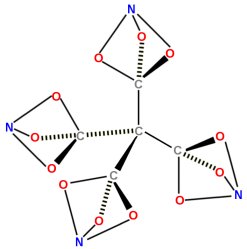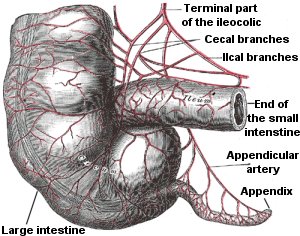
Clara L. Lazen.
Platinum is a known catalyst, which means it tends to speed up a reaction without being consumed. In addition, alcohols are known to decompose into another class of organic molecules called “aldehydes,” and that happens quickly in the presence of the right catalyst. Thus, it was “obvious” what was going on: the platinum was catalyzing the decomposition of ethanol vapors into aldehyde vapors (specifically, acetaldehyde vapors), and the energy released by that reaction heated the already-hot platinum sufficiently to start it glowing red again. The students oohed and ahhed over the effect, and they dutifully wrote down my explanation in their notes. At the end of class, however, one of the students patiently explained to me that my analysis couldn’t be correct.
You see, she had done something I hadn’t bothered to do. She used the appendixes in the back of her book to calculate the energetics of the decomposition of ethanol into acetaldehyde, and she found that the reaction actually absorbed energy. It did not release energy. Thus, it could not be heating the platinum! Needless to say, I was rather impressed with this young lady’s analysis. The next class period, I told all the students that I was wrong and that I would look into the real explanation. However, I couldn’t find anything in the chemical literature that was relevant. As a result, I asked the young lady if she would work under my NSF research grant that summer and figure out what was really going on. She was surprised that I thought she could figure something like that out, but she said she would be happy to try.
It took her only a few weeks to learn what was really going on. Yes, the platinum was catalyzing the decomposition of ethanol into acetaldehyde, but that wasn’t what was causing the effect. Instead, the other product of that decomposition, hydrogen, was reacting with the oxygen in the air to make water. That reaction released the energy which caused the platinum to heat up enough to glow red hot again. This young lady’s work was so solid and elegant that we published a paper on her explanation of the effect.1
Why am I telling you this story? Because a friend of mine alerted me to an article that brought it all back to me in vivid detail.
Continue reading “You Never Know What They Will Discover…If You Let Them!”


